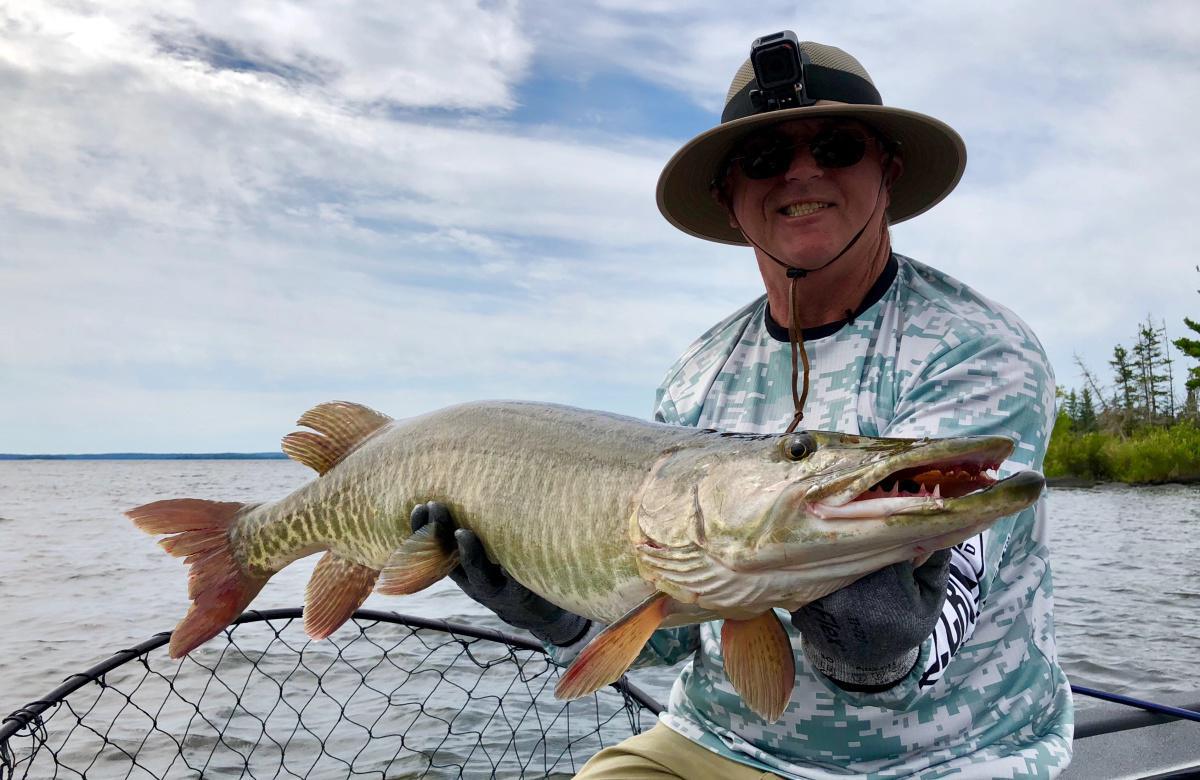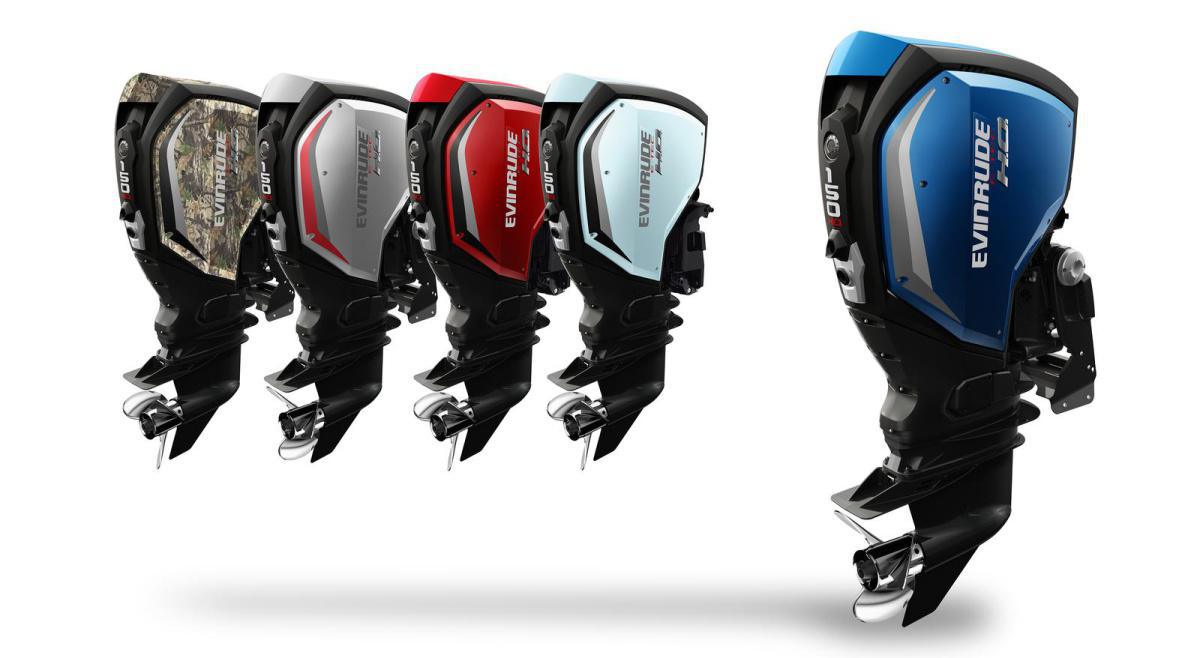The productivity of magnum minnow baits is certainly well documented for both muskies and pike. Hundreds of trophy fish have been taken on these big “slabs” over the past 25 years or more. They are truly one of the top producers of lunker ‘lunges all across North America in both casting and trolling situations. They catch big fish in a wide variety of conditions both deep and shallow, as well as in nearly every season – spring, summer, and fall.
While big slabs can be very effective in a simple straight retrieve presentation, I have found them to be exceptional when worked in a bump & rise, jerkbait-like fashion over thick weeds as well as shallow rocks or wood. Perhaps the most amazing thing I’ve discovered is the additional size profile and buoyancy simply makes these lures tick, bang, slither and slide over, around and thru cover much better than their smaller counterparts.
The Art Of “Controlled Slack”
This technique basically involves working the lure with what anglers commonly call “controlled slack” line. In other words, avoid pulling or jerking on the lure constantly with a taut line. While this might draw a few strikes occasionally, it doesn’t really take advantage of the lure’s potential. After initially pulling downward with the bait, retrieve only a fraction of your line (with the reel) purposely allowing a bit of slack to form. Then, point your rod tip back towards the lure – with the slackened bow in the line – and snap the slack out of the line. Develop a rhythm of doing this again and again throughout the retrieve, but vary the pause length. In fact, don’t be afraid to let the lure float all the way to the surface occasionally before resuming a retrieve.
Controlled slack accentuates the side-to-side flash action on the lure. In fact, if you watch the bait, as you perform the “controlled slack” technique you will notice that you can literally turn your lure 90 degrees in one direction and then snap it almost 180 degrees in the opposite direction with the next jerk. Obviously, this takes a bit of practice to master but the fish triggering action that can be generated by this technique is incredible. A big fish lurking nearby, will have a hard time resisting the sudden and drastic directional changes that are followed immediately by an almost irresistible rise.
This rise can also be manipulated by “controlled slack”. In other words, instead of having a lure rise in line with your retrieve, a sharp snap of your rod tip on a bit of slack is apt to launch an ascension noticeably left or right of your line of retrieve. This again creates a distinct directional change apt to enhance strike triggering capability. Many of the biggest fish I’ve taken with this bait in the past two seasons have come in just this manner. An otherwise finicky follower was triggered into striking the bait due to an unpredictable directional change along with the odd off-center rising action.
The other notable advantage to a “controlled slack” jerking action is the lure’s improved ability to work thru cover. This is particularly effective over thick high weed cover with tiny pockets inside it. Weedy jungles like this are often reserved for topwater lures, single-hook spinnerbaits, or weedless spoons. But, an oversized buoyant minnow bait weaves its way thru these tangles in an amazing fashion when worked with short rod tip jerks combined with a lot of “controlled slack”.
Simply adjust the length of the jerk to the depth of the weed cover. As soon as you feel the lure collide with weeds, hold up on any further drawdown on your rod tip. Immediately create some slack in your line so the lure’s natural buoyancy can lift it out of trouble. Follow up with very short snappy rod bursts, but always with a bit of slack line. It also doesn’t hurt at all to let the lure rise all the way to the surface. Within a short time, you will master this technique and reap the rewards. This is particularly deadly on weed slop muskies & pike on a bluebird post frontal day. Big fish are most apt to completely ignore conventional slop lures on conditions like this, but they might still respond to this special technique because it puts the lure in front of the fish for a much longer period of time. It also creates a constant strike-triggering mechanism with every little jerk or burst from your rod tip. I’ve had giants suddenly explode out of weedy jungles engulfing my slab bait when worked in this fashion.
This same technique works equally well over shallow rocks and sunken brush piles, and can be taken a step further. I like to purposely ram the lip of the bait into a rock or brush to get their attention and stimulate their aggression. I’m not talking about over ripping the bait and getting it hung up or damaging the lure. Instead, I’m referring pulling downward on the rod tip until lure contact is felt with the obstruction. As soon as you feel that collision, immediately stop the pull (of your rod tip) and allow the bait to rise up. More often than not, the lure’s diving lip is all that is in contact with the obstruction.
Now, as the lure is rising, don’t touch your reel handle. Instead, begin a series of very short rod tip jerks with subsequent pauses to allow a short rising action. Allow more and more slack to accumulate as you do this until you feel you must crank the handle to pick up a small amount of it. This advanced technique creates an incredible flashing, vibrating, side-to-side triggering action that is always near the cover and the potential location of the fish. If there’s a big pike or musky hiding inside a brush pile or alongside a big boulder, it will most likely pounce on a slab worked in this fashion.
Big slab minnow baits definitely catch big slob muskies & pike. I’d highly recommend adding a few big slab minnow baits to your arsenal this coming season. You’ll be amazed at how effective they can be.




